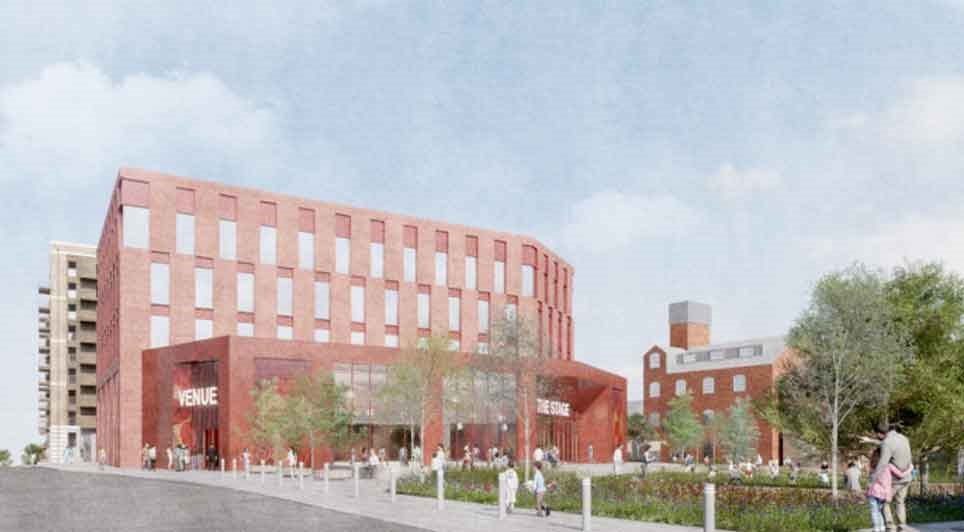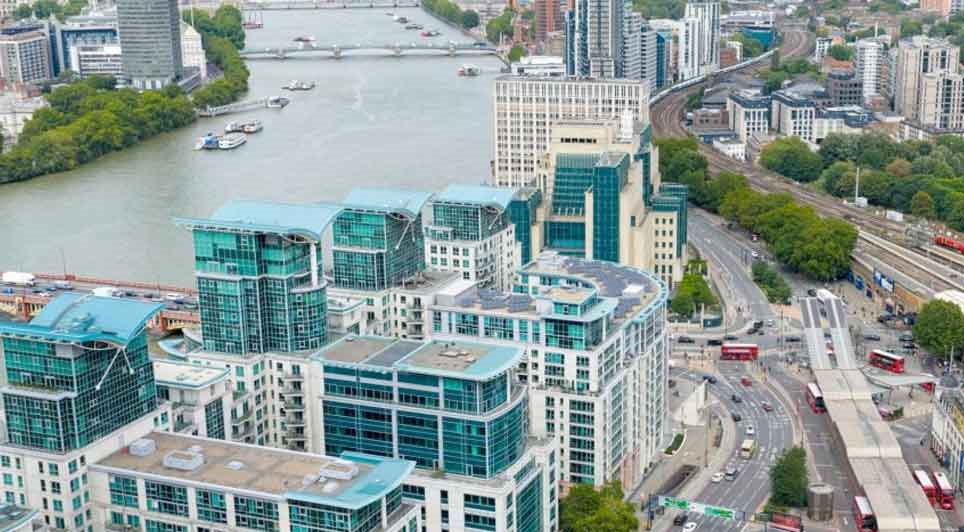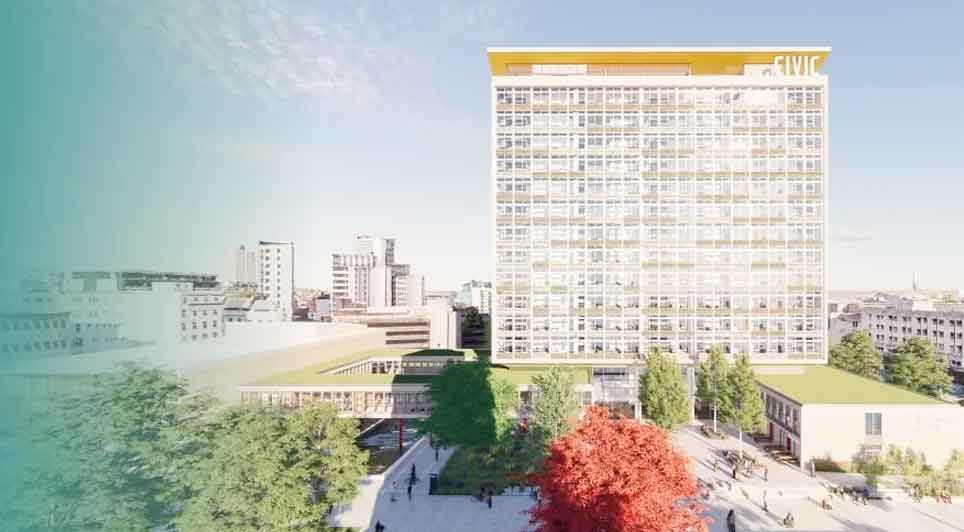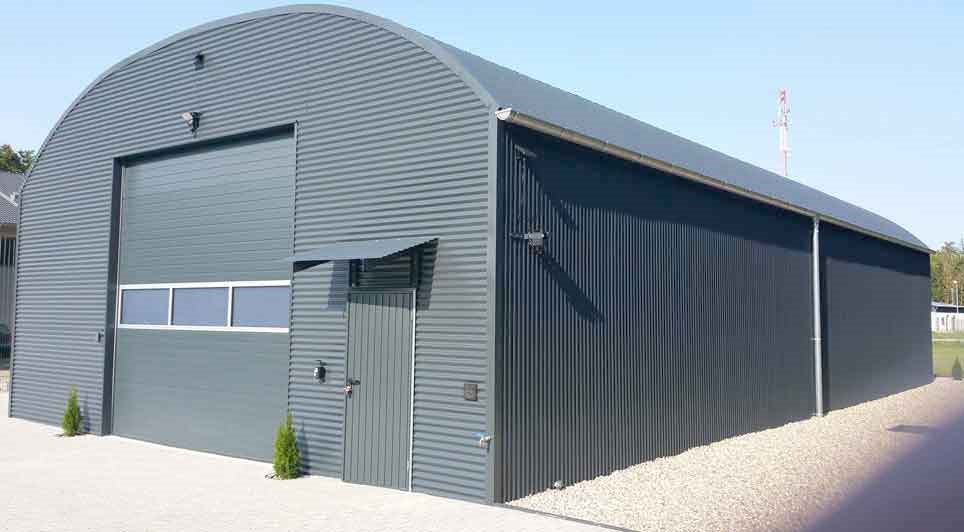Public spending that has offered a lifeline to the construction industry during the past 18 months looks like it is slowing.
In many area the infrastructure works and new school and hospital building projects was making up for the near total cessation of cash coming into the sector from the commercial or residential building markets.
The construction sector, which was typically involved in building new schools or extending existing facilities, had been supported by Labour initiatives, such as Building Schools for the Future.
However, the construction industry – which contracted 11% during 2009, its sharpest fall in 35 years – has been preparing for the slowdown in state spending as public spending is expected to be reduced sharply after the general election, which is expected in May.
As well as today's report published by Glenigan, the construction economists, that forecasts a further 28% decline in education spending this year as a new government looks to make high profile spending cuts, Balfour Beatty, the country's largest builder, told is planning to shift away from projects which were heavily exposed to public financing and focus on non-discretionary spending in the regulated sectors, such as power generation and rail.
"It is a long term issue. There will be an increase in spending on these big capital projects over the next 10 years, but less and less of it will come from the government," said Ian Tyler, Balfour Chief Executive, in a report published today by the Financial Times.
See: Value Of Construction Projects Slide
(BMcC/GK)
 UK
UK Ireland
Ireland Scotland
Scotland London
London





















